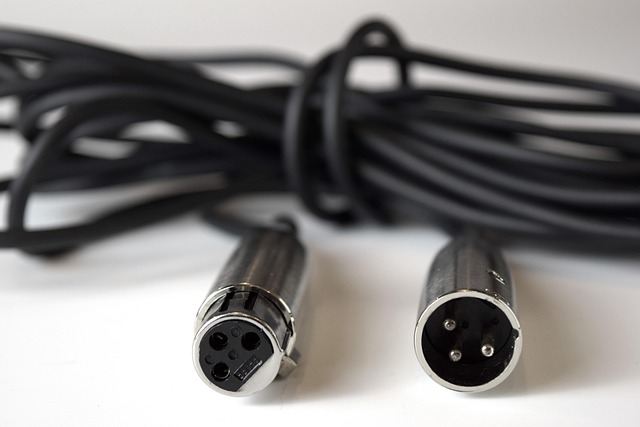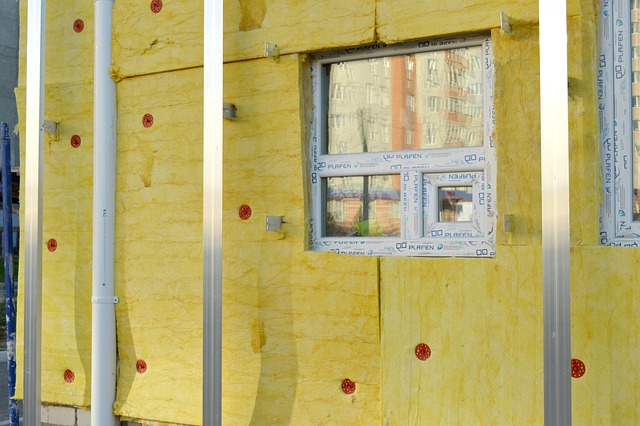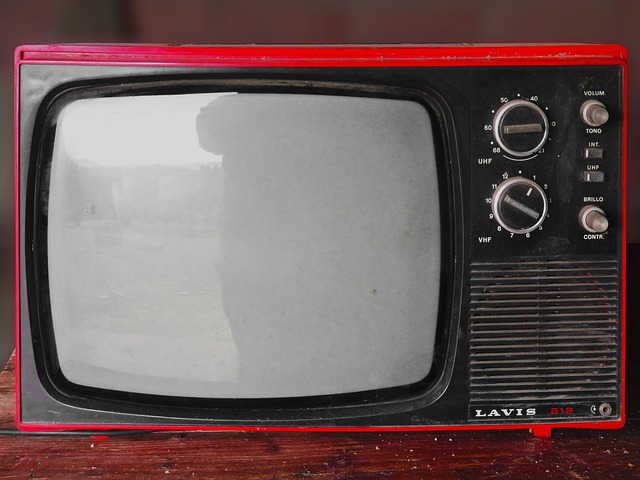In the realm of audio technology, the XLR connector stands as a symbol of professionalism and quality. Commonly found in various applications, from live sound reinforcement to studio recording, this connector is essential for aspiring artists, sound engineers, and audiophiles alike. Understanding its significance can deepen our appreciation for the intricacies of sound production and presentation, particularly when combined with modern display technologies.
When it comes to connecting devices such as microphones and speakers, the XLR connector offers a robust solution. With its three-pin design, it provides a balanced audio signal, minimizing interference and maintaining clarity even in challenging environments. In an era where home studios and professional setups merge, professionals and hobbyists are increasingly utilizing high-quality monitors and displays to visualize sound waves and track recording sessions.
Moreover, in television production, the XLR connector plays a pivotal role in ensuring that sound quality remains at the forefront. As studios embrace advanced display technology, top-notch audio processing becomes indispensable. Audio technicians often rely on XLR connectors to deliver the crisp sounds needed for live broadcasts, making them a vital aspect of captivating television experiences.
The appeal of XLR connectors also extends to visualizing audio in real-time on modern monitors. When paired with sophisticated software, users can analyze sound frequencies and make informed adjustments to their recordings. This intricate connection between sound and sight enhances the overall creative process, allowing for a more immersive engagement with audio technology. The ability to visualize soundwaves adds a layer of understanding that resonates with both technical experts and casual listeners.
As technology evolves, so too does the role of the XLR connector. From traditional analog setups to cutting-edge digital configurations, this connector remains a trusted choice. Its durability and reliability ensure that it can withstand the rigors of touring musicians or the static environment of a recording studio. This adaptability makes the XLR connector a timeless component in the ever-changing landscape of audio technology.
Furthermore, as more displays and monitors incorporate features tailored for audio-visual content, understanding the interactions between sound and image becomes essential. Whether in the context of live performances or media production, the XLR connector seamlessly bridges the gap between auditory and visual experiences, making it an integral part of connecting the dots in the world of audio technology.
Emphasizing the importance of the XLR connector in audio technology underscores its lasting legacy. As we delve deeper into the relationship between sound and visuals, it becomes evident that these connectors do far more than transmit audio; they create an atmosphere, encapsulating the emotions and messages embedded within each performance, each production, and each story told through sound.



